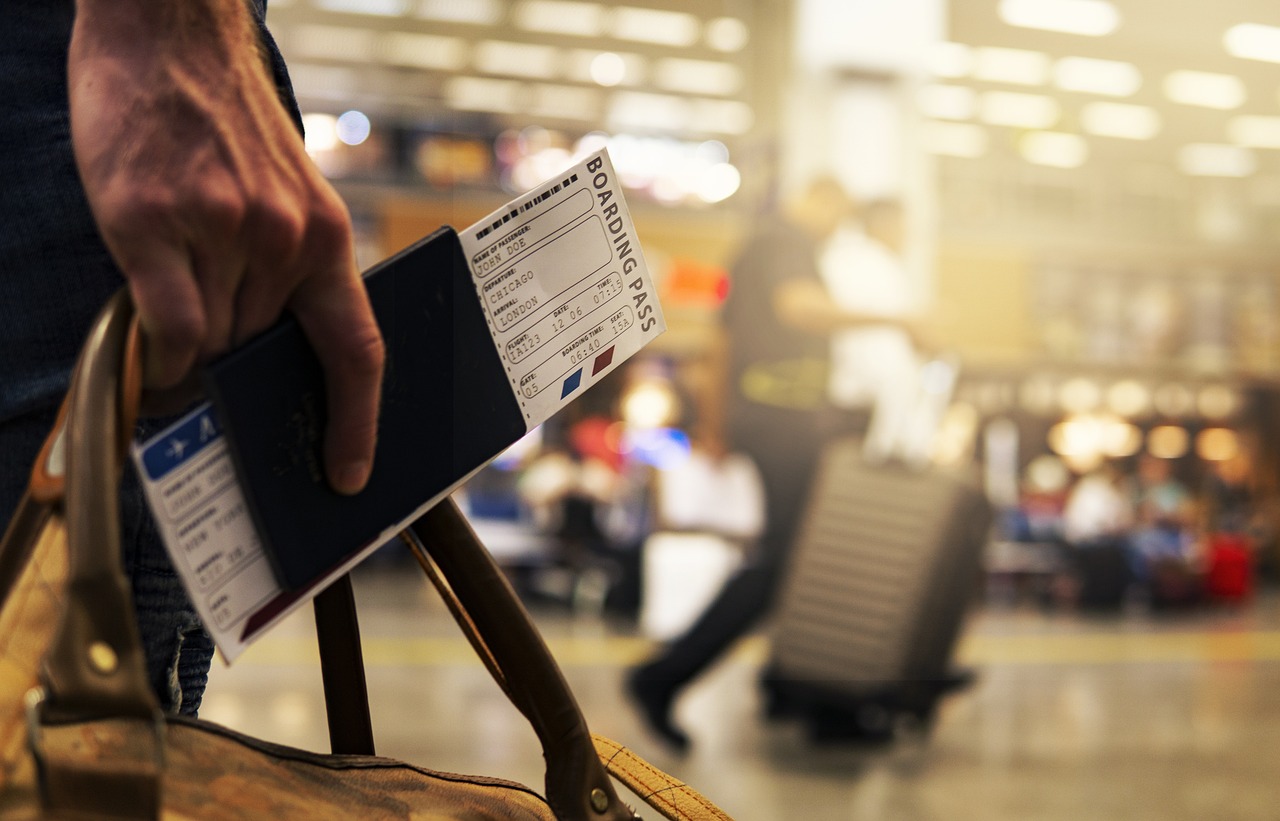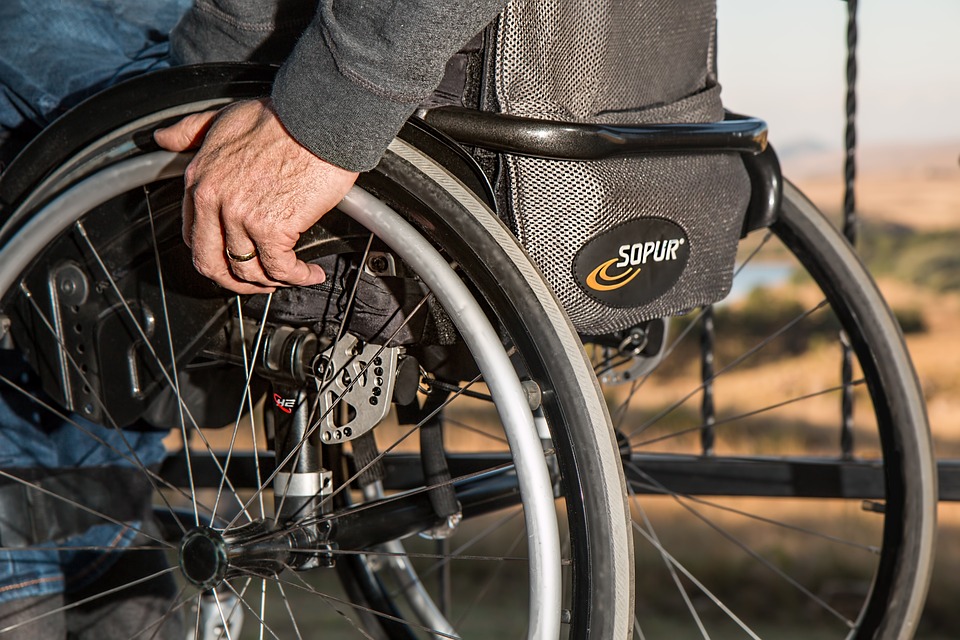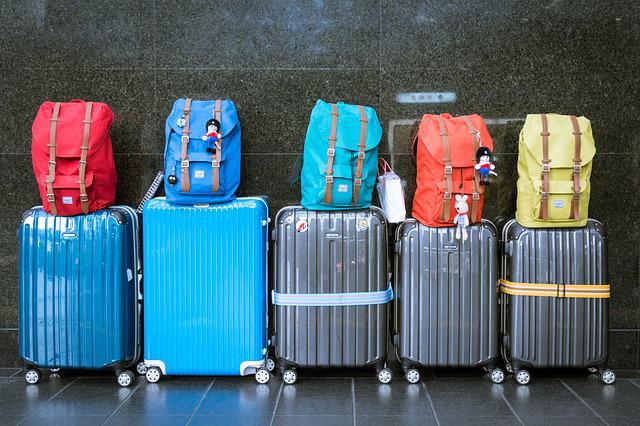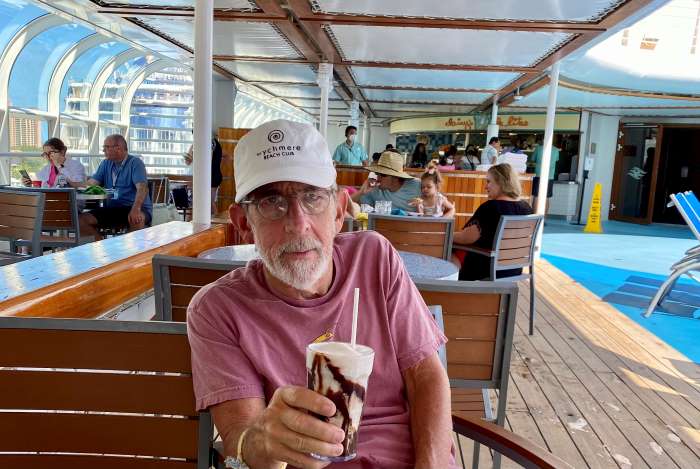Travel with my multiple sclerosis can mean super-size stress. But some advance planning can smooth the ride.
I’ve always taken pride in my ability to travel the world using my little scooter, but this trip – flying from Florida to Washington, DC and back over the Christmas holidays – worried me. My wife and I hadn’t flown in five or six years and, since our last flight, Laura had begun to use a walker due to severe back problems. Airports and aircraft seemed to be more crowded. Delays seemed more frequent. My stress started stealing my sleep.
I stayed awake more than one night worrying about how much trouble we’d have getting from curbside to the gate. How would we manage Laura’s walker as she was pushed to the gate in a wheelchair, and I scootered behind? Could we book seats close to the restroom? Could we get ourselves between the terminal and the rental car location?
We could, and we did. But it required planning.
Finding help from the airline
On the American Airlines website, I found a Special Assistance page. It had information about reserving a wheelchair and about AA’s scooter requirements. (Other airlines have similar web pages.)
My TravelScoot weighs only 35 pounds and it can fold up like a baby stroller. I ride it to the aircraft’s door, where it’s taken down to the cargo bay. But the scooter uses a lithium-ion battery, which needs to be carried onboard and stored in the overhead bin. I filled a form with my scooter information right on the website, saving time and hassle at the airport. Once the form was approved, I received an ID number for the scooter to use on future AA flights.
One less sleepless night for me.
Getting seats near the front
I like to sit as close to the front of the coach section as possible – the fewer steps from the aircraft door to my seat the better. It also puts me close to restroom, which is important for someone with the bladder problems that are frequently a part of living with MS.
A few years ago, many airlines created what they call “Preferred Economy seats,” which are in the front of Coach and have a little more legroom. But they cost more and can be hard to get. I’ve been successful in getting them, without the surcharge, by booking the best standard Coach seats I can find and then calling the airline’s Special Assistance phone number, explaining my need to the agent, and asking to change my seat(s) to the bulkhead Coach row. The airlines usually reserve some bulkhead seats for people with disabilities and, using this method, I’ve usually been successful in nabbing a pair for Laura and me.
The restroom in First Class is close to these bulkhead seats but some flight attendants can be very strict about reserving it for First Class passengers. When I board, I try to tell a flight attendant that my mobility problems will make it impossible for me to get to the Coach restrooms in the rear and I may need to use the ones up front. I’ve never been denied.
Speeding through security
Laura and I are registered for the U.S. Transportation Security Agency’s (TSA) Pre-Check program. It gives us access to a shorter line going through security. With my wife being pushed in a wheelchair, we also have someone to help us get our items on and off the x-ray conveyer belt. Our medications, in their original containers, are carried in plastic freezer bags, for easy identification by TSA agents. You can travel with ice packs if your medication requires cooling. Syringes are also permitted in carry-ons. I travel with my Bioness L300GO functional electronic stimulator on my leg. It’s never created a problem at security.
Ground transportation
Rather than rent a car at the airport we decided to be picked up by a car service and rent the car near our apartment. Enterprise delivered the car to me and would have also picked it up, had I asked. This worked much better than schlepping my scooter and Laura’s walker, plus our bags, on and off a shuttle bus at the airport. The off-airport rental was also cheaper.
It was a merry Christmas
It worked out to be a smooth trip. All my stress was pre-travel. I think the reason was pre-planning – and travel days without weather problems. I know that was just luck.
(Image by Joshua Woroniecki from Pixabay)
(A version of this post first appeared on the Rare Disease Advisor website.)



